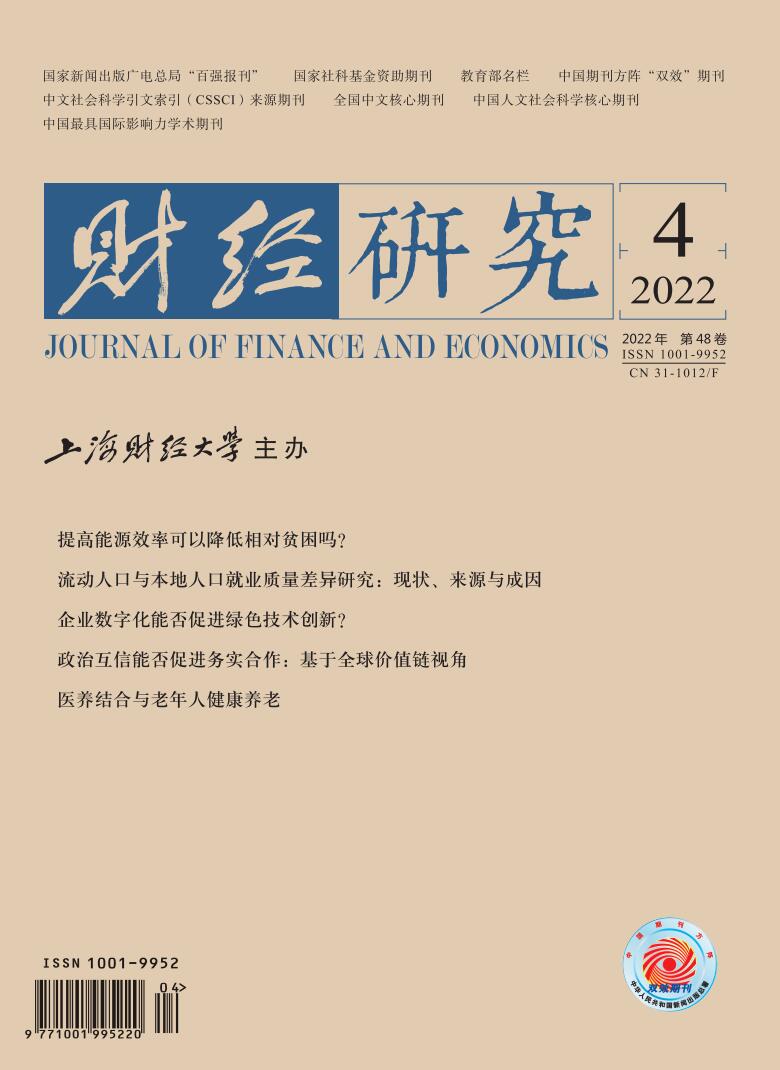China is currently in the period of accelerated urbanization development, and the peasant citizenization of the current migrant population has become an important task in urbanization. To treat the migrant population fairly and to narrow the gap between the employment quality of the migrant labor and the local labor are the key to citizenization and social integration in the process of urbanization.
Based on the CFPS data in 2014, 2016 and 2018, this paper constructs an employment quality index system from four dimensions of employment income, employment environment, employment security and employment feeling, and uses the principal component analysis to measure the employment quality of workers. Oaxaca-Binder decomposition, Brown decomposition and Recentered influence function regression decomposition are used to compare and decompose the employment quality of urban migrant population and local workers, and of rural migrant population and local workers, respectively. The results show that: Firstly, the employment quality of migrant workers is significantly lower than that of local workers. The employment quality gap between rural migrant workers and local workers is large and increases year by year. The difference is mainly reflected in employment environment, employment security and employment feeling. There is a small gap between urban migrant workers and local workers in employment quality, which is mainly reflected in employment environment and employment security. Secondly, the gap in the median distribution of employment quality between urban migrant workers and local workers is the largest. The difference between rural migrant workers and local workers is the largest in the 50% and 75% quantiles of the distribution. Thirdly, the human capital factor is the main reason for the difference in employment quality. However, there is also obvious discrimination of non-local household registration and rural household registration. This is the most obvious in the division of ownership. The difference of human capital and the unequal distribution among different ownership groups are the two main reasons for the gap of employment quality.
Therefore, merely transferring the census register of migrant population to the destination cannot improve employment quality, and it is difficult to let the migrant population settle down. It is suggested to improve the human capital of migrant population and eliminate the entry barriers of enterprises of different ownership to help to promote the urbanization process.





 4672
4672  4714
4714

